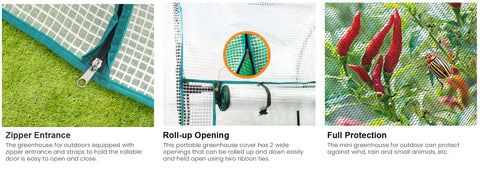Garden beds have become increasingly popular among garden enthusiasts in recent years. Garden beds can make people feel the atmosphere of nature in the city, but also can beautify the environment and increase the joy of life. So what are the best materials for garden beds, and the pros and cons.The following content also has some reference value for raised garden beds.
Step 1: Wood
The pros and cons of using wood for garden beds: Wood blends naturally into the landscape and adds a natural aesthetic to the garden. A garden bed made of wood can match the plants and flowers in the garden to create a harmonious overall effect. The wood is easy to work and customise and can be cut into a variety of shapes and sizes to suit the design needs of different garden beds. In addition, wood can be decorated and protected with a variety of colors and paints. Wood is relatively inexpensive compared to other materials, such as metal and stone, making it the preferred material for many garden lovers. Garden beds made of wood can reduce the impact on the environment. Wood is a renewable resource that can be produced and processed with less impact on the environment than other materials.
 While there are many advantages to using wood for garden beds, there are also some disadvantages, including the following:
While there are many advantages to using wood for garden beds, there are also some disadvantages, including the following:
Compared with other materials, such as metal and stone, wood is less durable. Wood is prone to rot and insect infestation and requires regular care and maintenance. In addition, wood is susceptible to moisture and sunlight, resulting in deformation and cracking. Wood garden beds require regular maintenance and maintenance, including repainting of waterproof paint, cleaning of dirt and weeds from wood surfaces, etc. These tasks take time and effort. Using wood to build garden beds may have some environmental implications. For example, timber production requires logging, which can lead to problems such as deforestation and land degradation. Wood garden beds are good for building small and medium sized garden beds, but not for building large garden beds. Due to the poor strength and stability of wood, large garden beds may require more support and reinforcement, increasing the difficulty of construction and maintenance.
2.Stone
Stone is suitable for modern and sturdy garden beds. Stone adds texture and stability to the garden while also providing additional insulation. Commonly used stones include granite, SLATE, limestone and so on. The advantage is that the stone durability is strong, do not need frequent maintenance. The disadvantage is that the price is higher and the processing is difficult.
Step 3: Metal
Metal is suitable for building modern and highly personalized garden beds. Metal garden beds are usually made of steel, iron and other materials that provide additional stability and insulation. The advantage is that metal garden beds are durable and do not require constant maintenance. The disadvantage is high price, easy to rust.
 In conclusion, suitable materials for garden beds should take into account their durability, maintenance difficulty, price and other factors. By choosing the right materials according to your needs and preferences, you can create beautiful, practical and economical garden beds.
In conclusion, suitable materials for garden beds should take into account their durability, maintenance difficulty, price and other factors. By choosing the right materials according to your needs and preferences, you can create beautiful, practical and economical garden beds.









